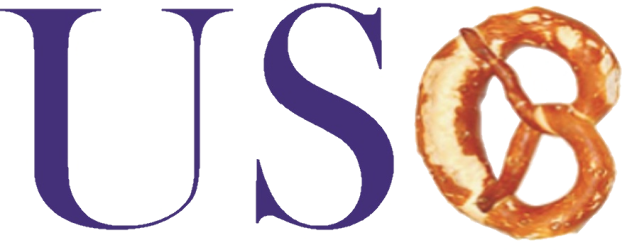Despite more and more teens experiencing poor mental well-being, adolescents in many cases are reluctant to look for assist for mental health troubles. Responding, there’s growing fascination with the development of evidence-based interventions to improve help-seeking attitude. However, evidence base may are lacking credibility if help-seeking strategies utilized in adolescent investigation incorporate age-inappropriate language or content such as for instance desire assistance from a spouse; no past analysis features examined this. A review of adolescent mental health help-seeking data was actually carried out to understand help-seeking steps put, assess their own psychometric qualities and linguistic appropriateness in teenage communities, and arrange strategies by part of help-seeking for ease of potential need. We discover 14 help-seeking steps found in adolescent analysis, but just (24percent) reports found used the determined procedures. Help-seeking methods identified happened to be grouped into one of four help-seeking factors: attitudes toward help-seeking, objectives to get assist, therapy concerns regarding help-seeking, and barriers to help-seeking. The information and language of actions happened to be deemed appropriate for all except one help-seeking measure. Recommendations for potential studies add greater using identified strategies, especially in studying help-seeking attitude in numerous cultures, subcultures and between levels of puberty.
Introduction
Increasing numbers of young adults enjoy bad mental health (Meltzer et al. 2003), with 20a€“25percent of psychological state problems getting identified in adolescence and promising adulthood (Gore et al. 2011). It is strongly recommended for those of you suffering from bad psychological state to communicate their particular difficulties to other people as an approach of pursuing help and further treatments; this is exactly usually mental health help-seeking (Rickwood et al. 2012). These troubles is communicated to relaxed sources of assistance such relatives, or proper options such psychological state professionals. Whilst prevalence of bad psychological state is growing in young people, mental health help-seeking stays lower: just one-third of adolescents encounter diagnostic requirements for a mental wellness medical diagnosis seek professional assistance (Green et al. 2005; business datingmentor.org/canada-farmers-dating Federation for psychological state 2009). Teenagers experiencing big and devastating psychological state difficulties might still abstain from getting services or dramatically wait obtaining proper support (Biddle et al. 2006; Goodman et al. 2002). Failing to look for help or postponing the help-seeking techniques can result in negative wellness outcome such as for instance drug abuse, participating in high-risk intimate attitude, reduced quality of adult existence and premature dying (Anderson and Lowen 2010; Brindis et al. 2002, 2007; Laski 2015).
Help-Seeking Measures and Their Used In Teenagers: An Organized Assessment
Recent investigation implies that whenever teens do help-seeking, these include convenient doing so from relaxed sources including moms and dads (Rickwood et al. 2005). While parents can be an important source for starting the referral procedure for proper help-seeking (Langeveld et al. 2010), parental recommendations happen disproportionately in individuals with a higher socioeconomic position (Benjet et al. 2016). This locating places economically susceptible teenagers in danger because they’re usually reluctant to speak with formal sources of services (Leavey et al. 2011). Investigations into why adolescents is likely to be reluctant to engage in conventional help-seeking have revealed barriers such concerns of unfriendly doctors, the fear of getting a a€?stigmatizinga€? psychological state diagnosis, in addition to anxiety about receiving treatment a€?like a childa€? by physicians (Rickwood et al. 2007; Zachrisson et al. 2006; Corry and Leavey 2017). Obstacles to casual help-seeking have also determined like fearing unfavorable view from relatives and buddies (Gulliver et al. 2010). Driving a car of unfavorable view from rest is heightened using societies (Chen et al. 2014), with mothers of Moroccan and Turkish teens fearing judgment through the community if the youngster found services (Flink et al. 2013). Being fix help-seeking behavior in adolescents, it’s imperative to realize why this type of help-seeking obstacles can be found and just how they could be destroyed.

